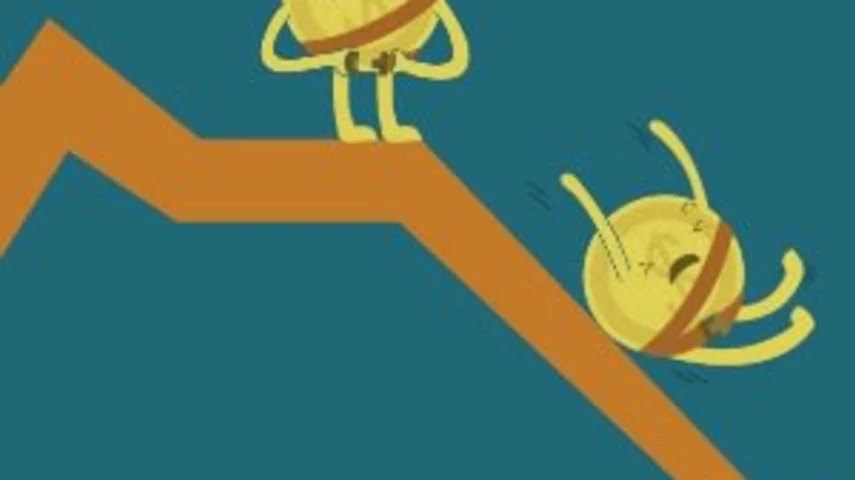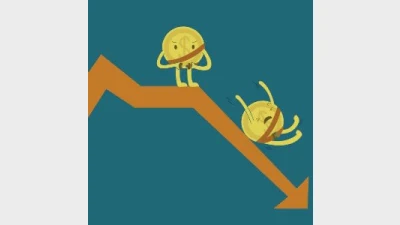HUB24 posts dip in net inflows



HUB24 has published its results for the first half of the 2023 financial year (1H23), reporting net inflows of $5.8 billion, down 13.6% on 1H22.
The result was mostly driven by comparative weakness over the second quarter, with inflows down 23.6% on 2Q22.
However, average monthly net inflows for FY23 were relatively stable at approximately $960 million.
Despite subdued net inflows, HUB24’s total funds under administration (FUA) grew to $73 billion as at 31 December, 2022, supported by a 11.7% increase in platform FUA to $55.8 billion.
Total FUA growth was partially offset by a 6.3% fall in portfolio, administration, and reporting services (PARS) FUA, which closed 1H23 at $17.2 billion.
HUB24 welcomed the result amid challenging market conditions.
“HUB24’s market leadership position and focus on delivering innovative solutions continues to resonate with our clients, with growth from net inflows and a solid pipeline of opportunities across all customer segments including large national licensees, brokers, boutique advice practices and self-licensed advisers,” the company told shareholders.
The firm pointed to 26 new distribution agreements signed in 2Q23 and an 8.5% increase in the total number of advisers using the platform (3,692).
HUB24 also noted growth in its market share, which increased to 5.7% as at 30 September, 2022, up from 4.6% in the previous corresponding period.
“HUB24 continues to have the fastest growth rate as a percentage of FUA based on annual net inflows,” the company stated.
Recommended for you
The structural shift towards active ETFs will reshape the asset management industry, according to McKinsey, and financial advisers will be a key group for managers to focus their distribution.
ASIC has warned that practices across the $200 billion private credit market are inconsistent and, in some cases, require serious improvement.
A surge in electricity prices has driven the monthly Consumer Price Index to its highest level in a year, exceeding forecasts.
Infrastructure well-positioned to hedge against global uncertainty, says investment chief.








